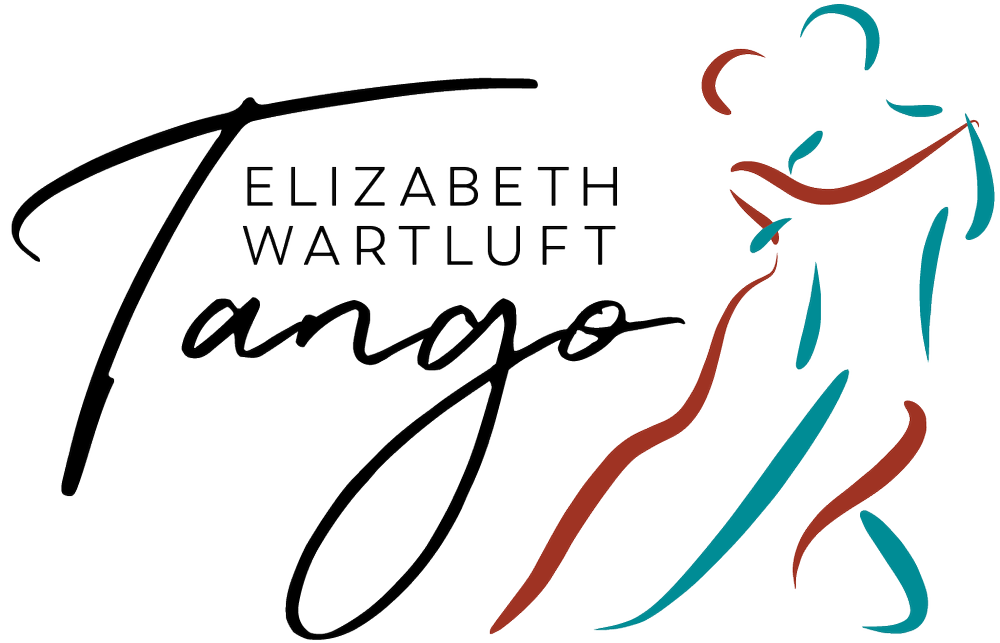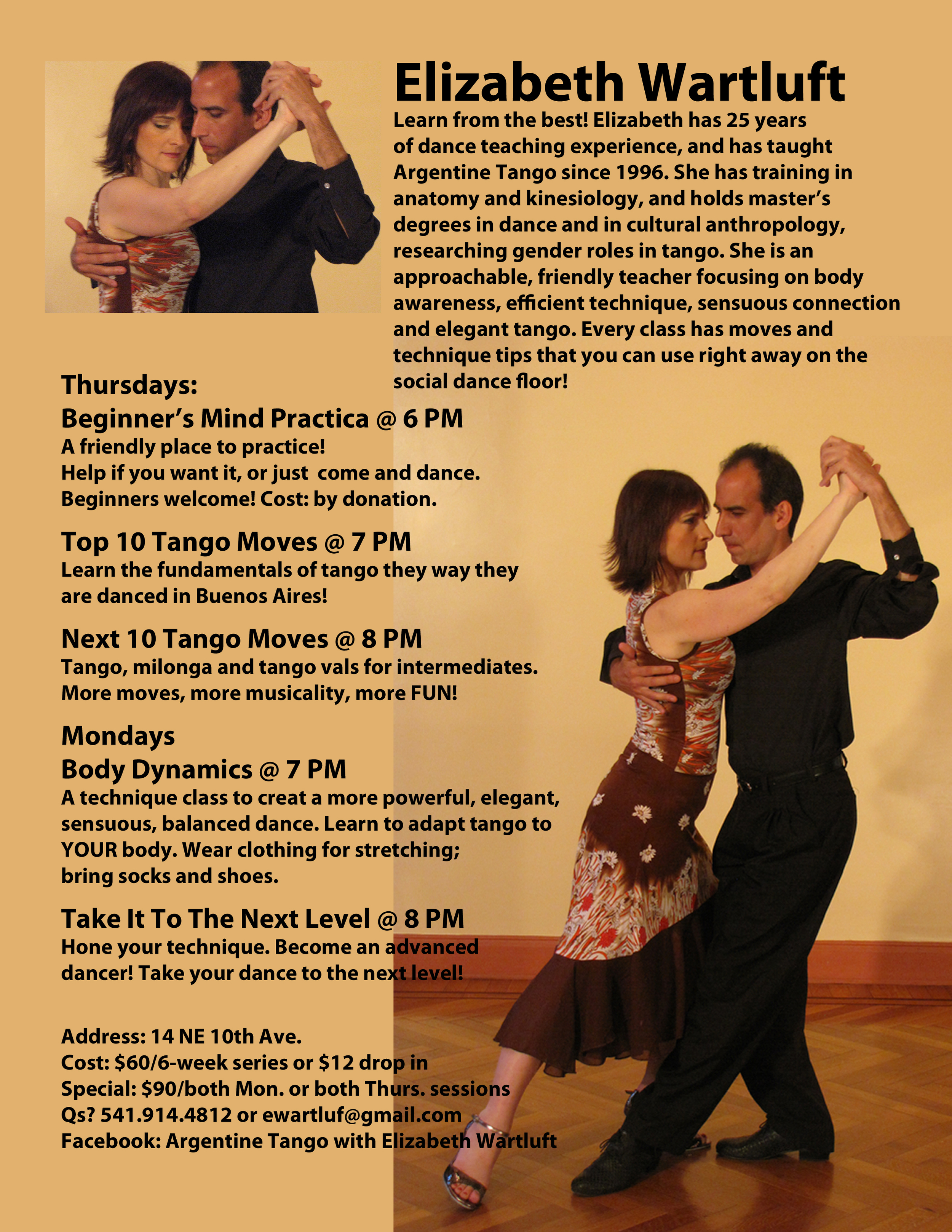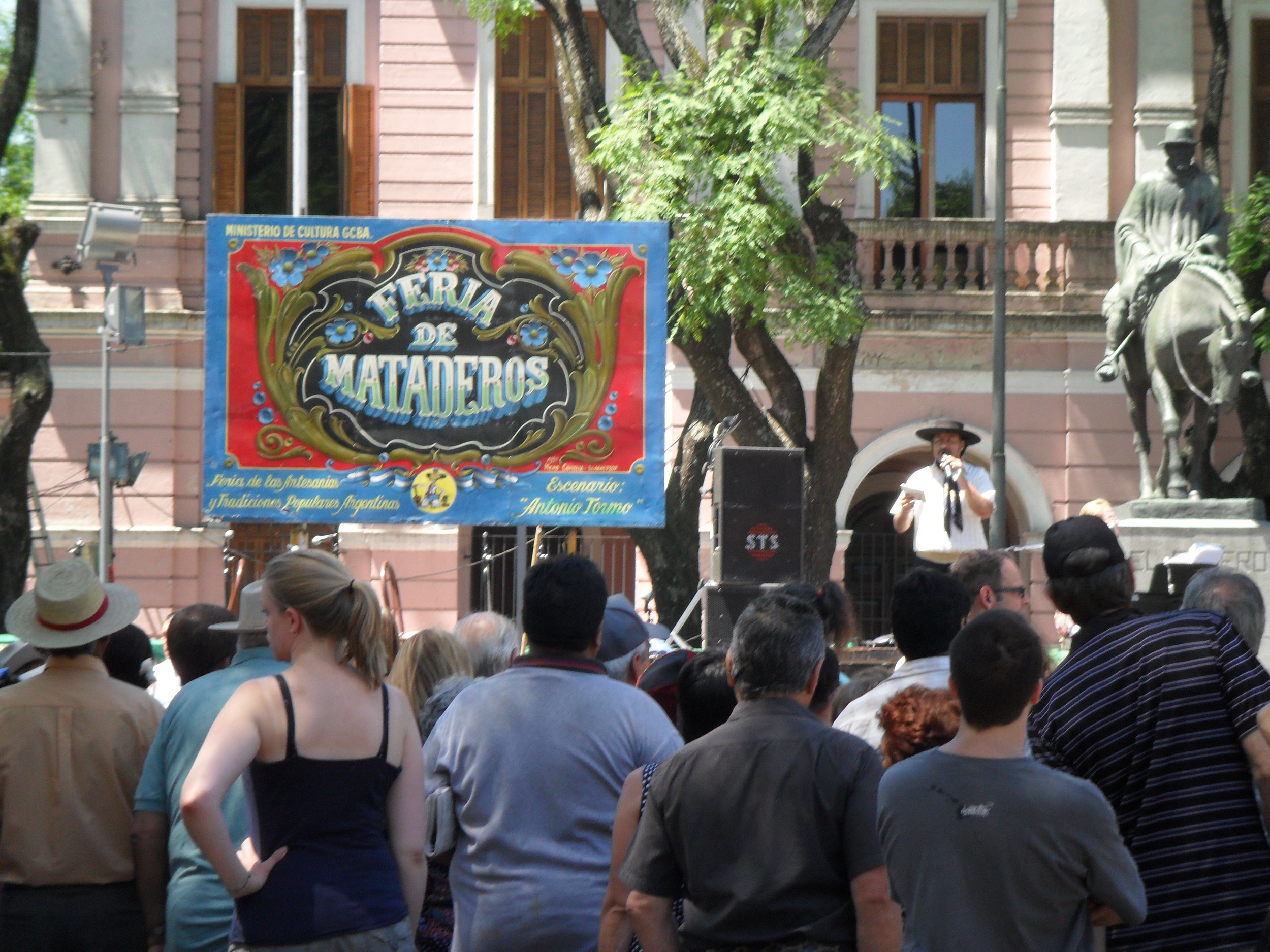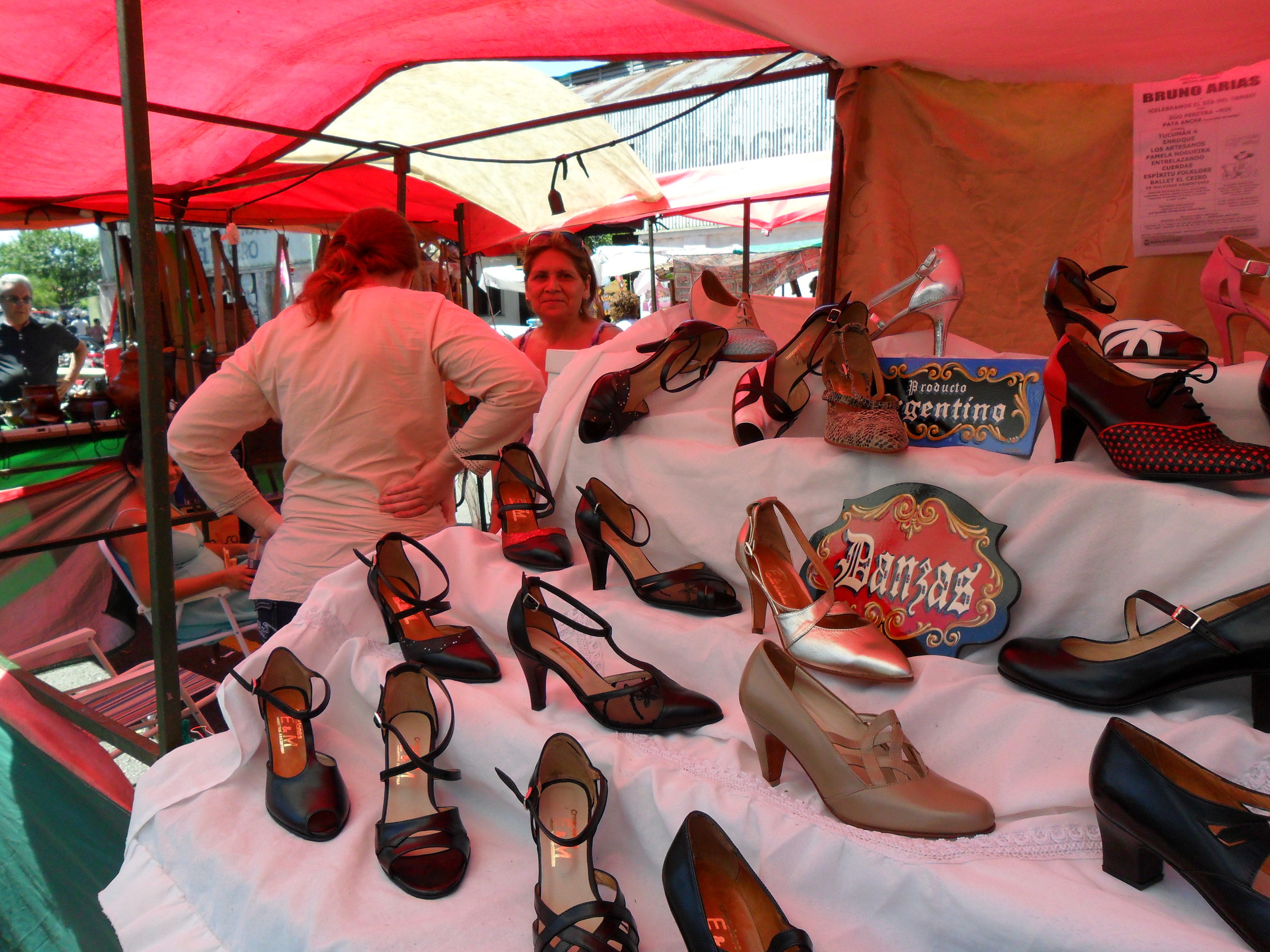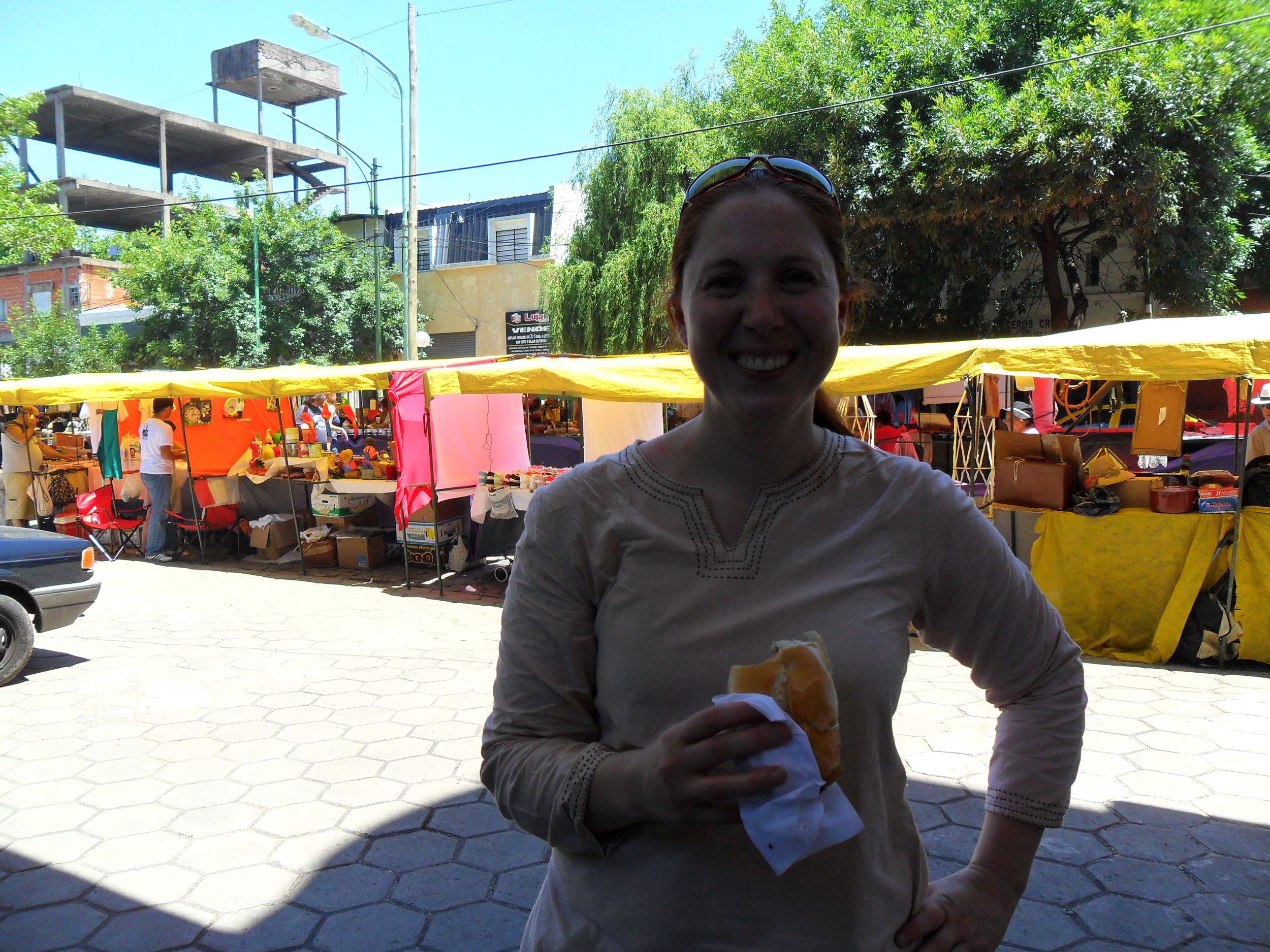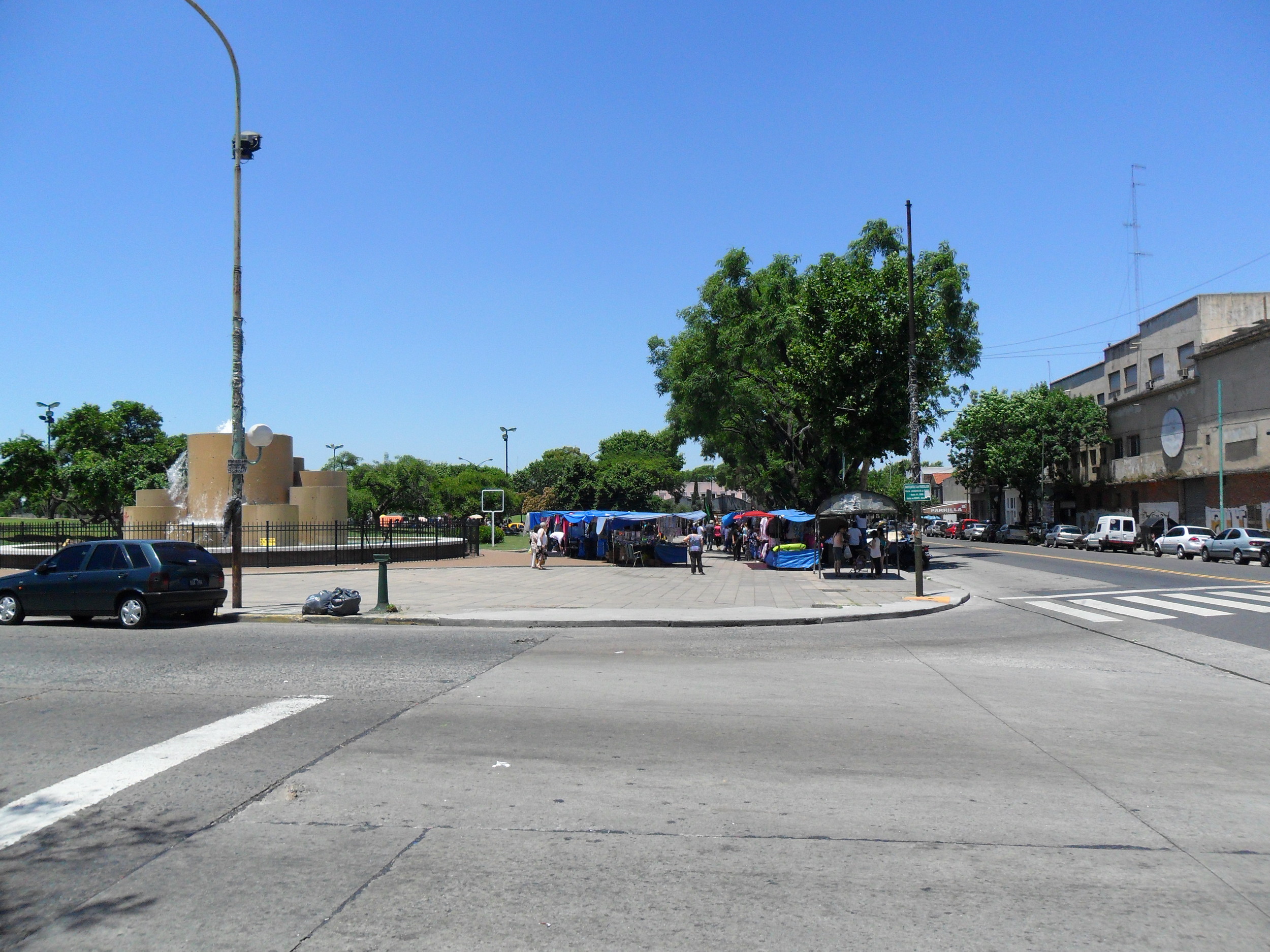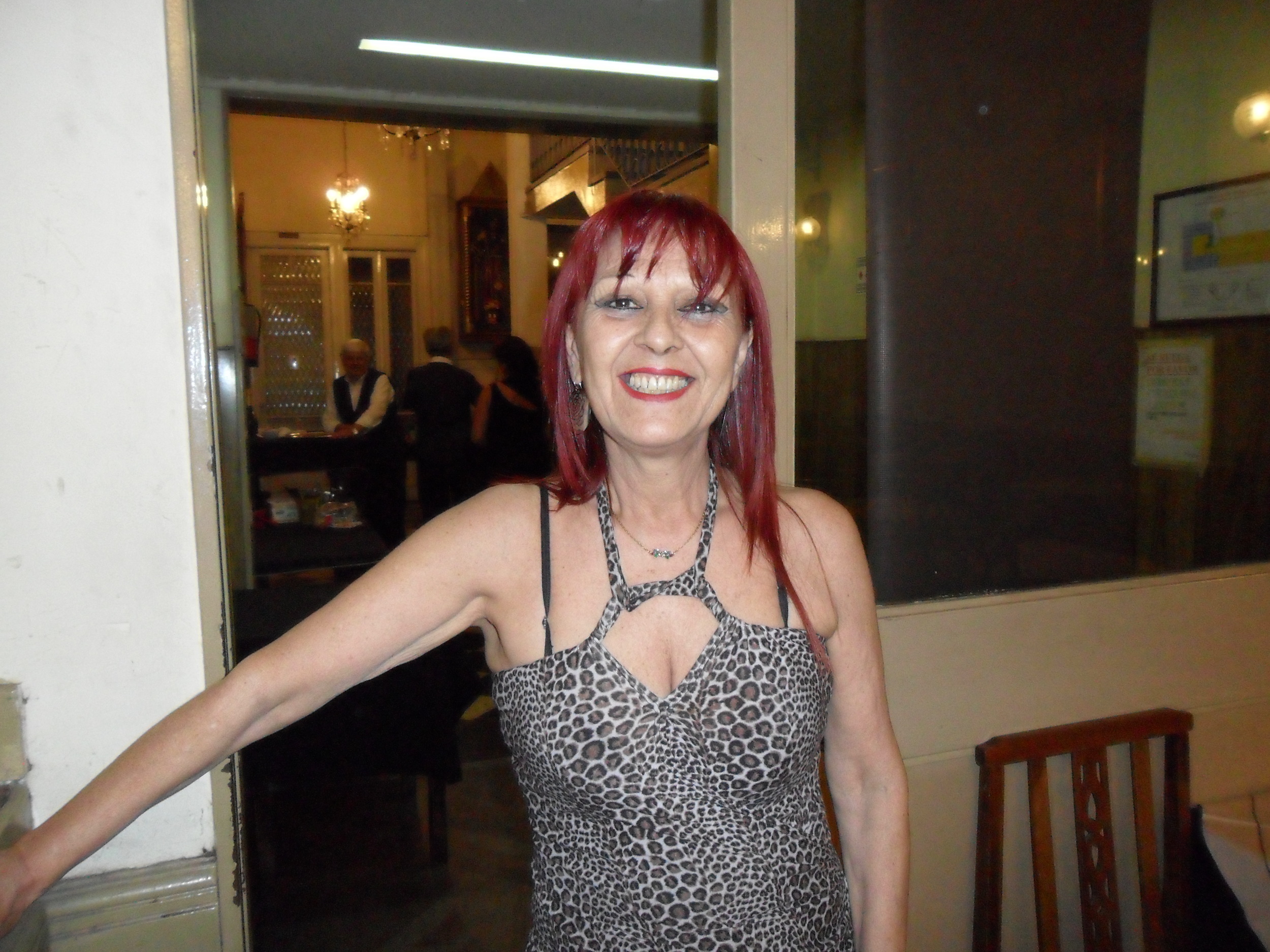Trying new things as a teacher
I have taught Argentine tango since 1996, and taught in Portland, Oregon since 2008. During that time, I have addressed many issues that arose in my community's dance technique. Each time I have focused on something that seems lacking in our dance, that weak spot has either disappeared, or at the very least, started to improve.
I began to teach my Body Dynamics class two years ago. I realized that we needed to focus more on technique, and less on combinations, if we wanted to have a better level of dancing in Portland. With stretching and drills--instead of combinations--that class has helped my students arrive at a higher level of dance, faster than their peers, no matter what level of my other classes they attend.
I have hesitated to expand my new style of teaching into my other classes because I was afraid that folks would say, "But that's not how a tango class is supposed to be!" However, I cannot ignore how much faster the Body Dynamics students improve. Even if this is not the "traditional" way to teach tango, I need to push my comfort envelope as a teacher, and apply what I've learned the past few years to my classes.
I find it difficult to find enough time to revamp all of my lesson plans! Somehow, teaching 25 hours a week and being a mom of a child who needs an alternative school, medical visits, occupational therapy, a personal trainer for social skills, etc. does not leave a lot of time to plan. However, my new session that is starting this week (and early next week for my more advanced classes) will be a bit different.
The plan
What is changing:
- a bit of stretching and focusing on the body in each class, not just in Body Dynamics
- a small chunk of drills for each class, so that the combinations work better
- more focus on musicality: THIS is our community's weak spot at the present
- finding more energy in each step of the dance/combination by using the body correctly
- improving connection between partners, so that each part of the dance feels better
- dancing more vals and milonga in my classes; we need more practice in these dances
- working on making space for adornos and pauses in the dance; more dialogue between partners
I am practicing each day myself, and reviewing videos of my personal lessons from Oscar and Georgina. If my students see how hard I am working, I think they will feel empowered to work hard, too. After all, with Argentine tango, you will never get bored, because you can never dance perfectly: there is always more you can learn/practice/do in the dance. For me, that is why I am still doing this dance.
Class descriptions
Top Ten Tango Moves (Fundamentals)
I don't have a dedicated "beginner" tango class because we ALL need to work on our tango fundamentals. My class usually has some complete beginners, as well as intermediates reviewing, and folks learning "the other role" who already are advanced at leading or following. Class is at the Om (14 NE 10th in Portland) on Thursdays at 7 PM.
This class covers (depending on the level of the folks who show up):
- basic anatomy info for dancing tango
- easy warmup exercises to make learning work better
- walking
- walking to the cross in parallel and crossed systems
- walk variants for more/less space
- 1-3 versions of ocho cortado (linear, lateral, circular)
- front ochos
- back ochos
- turns to the right and left
- basic paradas
- tango, vals and milonga musicality basics
- axis, posture, balance
- using "the marca" (chest, arm, hand) to lead clearly
- adornos and pausas for the follower to play
- navigation and dancing in small spaces, right from the beginning
- cultural info (tandas, cabeceo practice, etc.) to help navigate going out dancing
Next 10 Tango Moves
This class is aimed at intermediate dancers, and is more fluid in content. Most people who take it have danced at least six months, up to about three years. However, some folks have danced for many years, but like to take a class Thursdays before the milonga that is a block away. Class is at the Om (14 NE 10th, Portland) at 8 PM on Thursdays.
The plan for the next few months:
- warming up the body quickly to improve dancing
- improving mental focus for the dance and for learning
- Romantic tango musicality and moves
- vals focus (we did milonga last year, but not vals)
- turns: new entrances and exits
- calesitas
- boleos
- pauses and adornos to make the dance more dramatic/express the music better
- front & back ochos (and new variants)
- basic quebradas & enrosques for turns and deep ochos
- pivot and turn work for followers
- understanding syncopation better, and using it :-)
- creating your own combinations from what you know: personalizing your tango
Take It To The Next Level (advanced, minimum 2+ years dancing)
My advanced class is a one-room schoolhouse, with dancers who have done Argentine tango for anywhere between two and ten years. Many of them have come to me from other styles of tango, and are re-learning/polishing/adjusting their dance, as well as moving up to an advanced level. This class has an extremely varied range of topics during the course of the year. Luckily, many people take Body Dynamics for the hour before class, so many are already warmed up by the time class starts (Mondays at 8 PM at the Om, 14 NE 10th in Portland).
Most of what I teach in my advanced class comes out of Oscar Mandagaran and Georgina Vargas' repertoire, as they have been my main teachers since 2000. However, I also draw on Chicho Frumboli's teacher training classes for tango; Omar Vega's milonga traspie classes; and Tete Rusconi's vals classes, all of which I took in Buenos Aires over the years.
For the next chunk of time, here is the plan:
- light warmup, using the music for the day (different orchestras, different moods)
- musicality: vals, milonga and tango (romantic and rhythmic styles), and different "flavors" of tango
- leading technique: working on using "the marca" well, in order to have a broader range of material that works
- following technique: adornos, deep pivots for turns, boleos, etc., fabulous turns, you name it!
- exploring personal style: using the moves we work on to put together your own combinations, rather than just getting out on the dance floor and copying what I taught that week
- a new combination every week that focuses on the theme of the six-week session (I have a chunk of turns from Oscar and Georgina with quebradas, enrosques, lapices for the leaders; combos with pauses and adorno space for the followers; gorgeous moves for vals and tango; and probably playing with volcadas, although that may be in the New Year, depending on how fast we get through material...
- putting more sensuous, dynamic energy into the dance, so that EVERY step rocks: moving like a panther, like a lion
- more input from students about what topics we cover, as this is more of a master class with folks working on different aspects of a move, depending on level
Body Dynamics
Body Dynamics is not changing: this class is designed the way I would like to have ALL of my tango levels! Class is Mondays at 7 PM at the Om, 14 NE 10th in Portland. Here is the current setup:
- 20 minutes of stretching
- 20 minutes of basic drills for balance, posture, pivoting, energy
- 20 minutes of targeted work on specific moves that will be used in my intermediate and advanced classes during the six-week session
- lots of peer coaching and working one-on-one, but not in designated lead-follow couples, so women get to know the other women and men get to know the other men: community-building!
- mix of traditional and alternative music
Hope to see some of you there!
